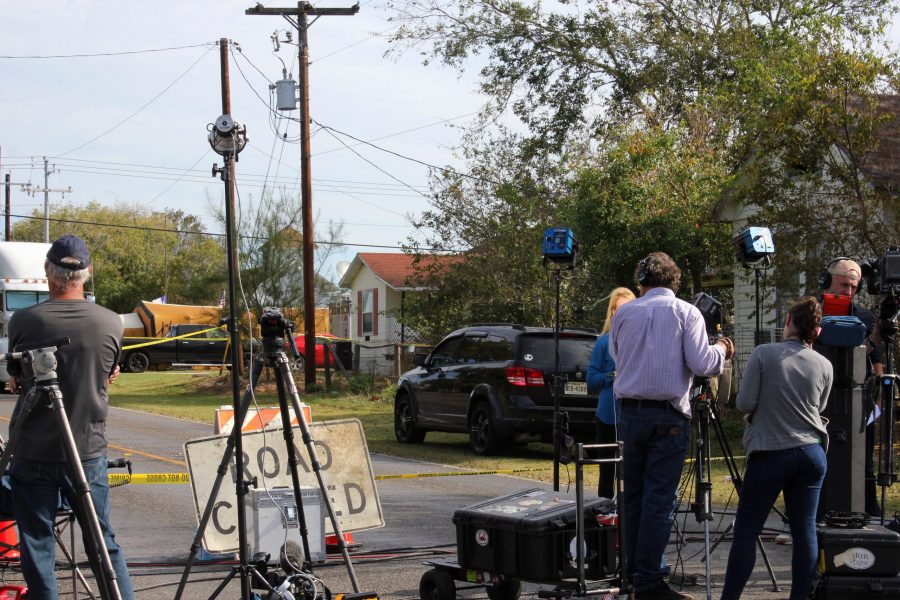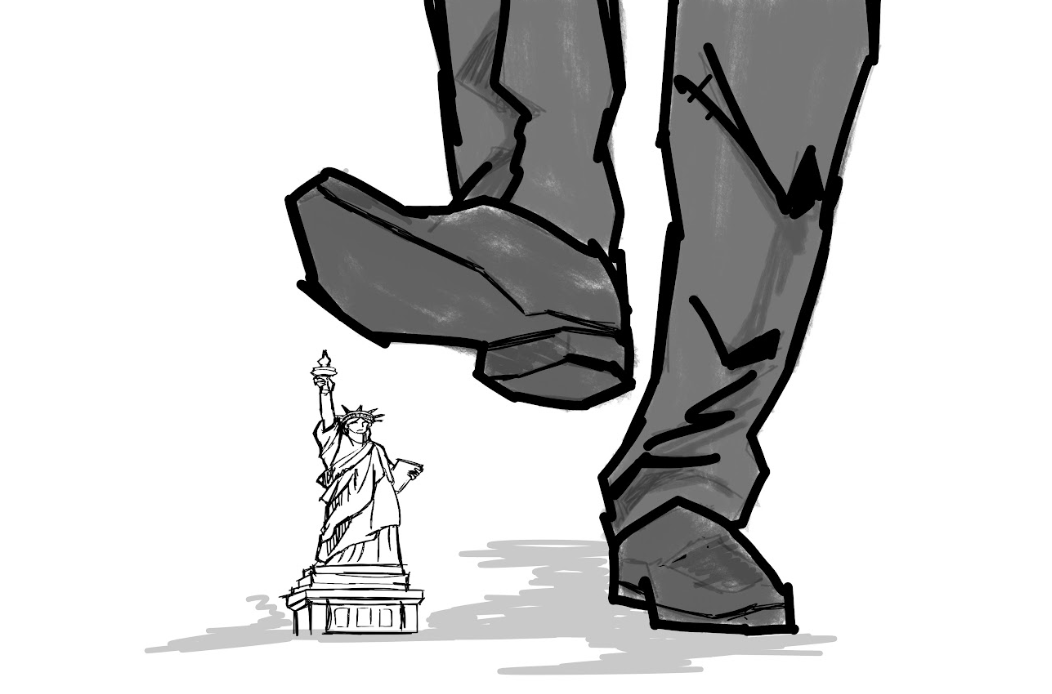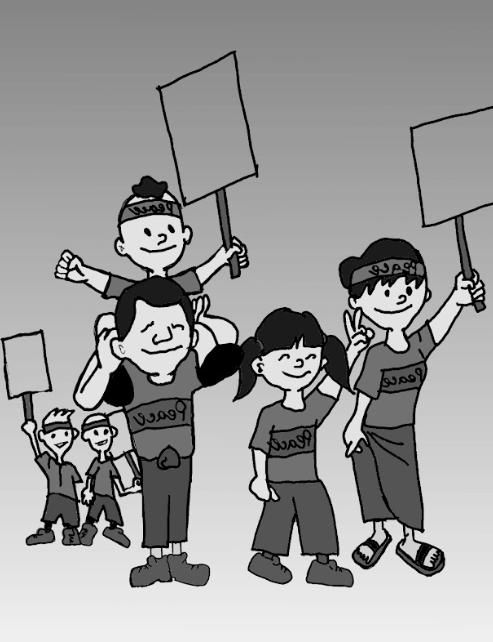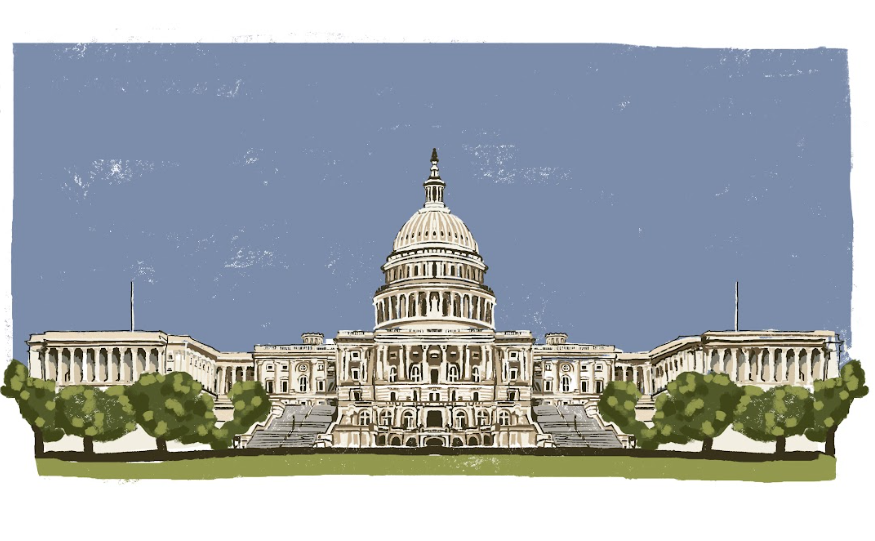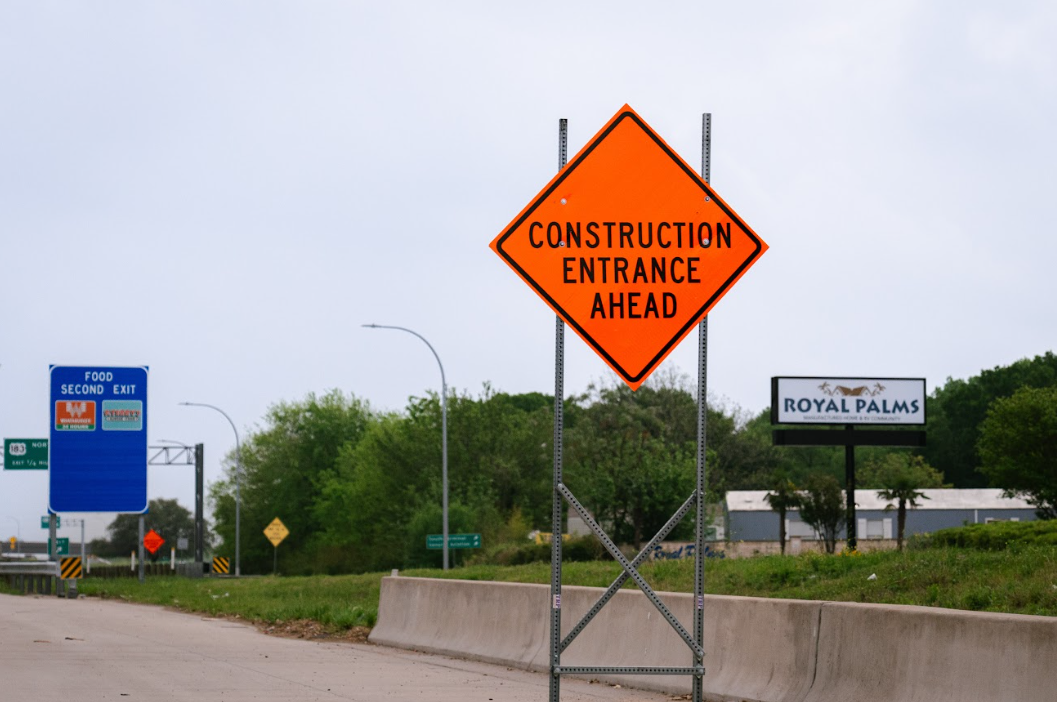Our campus is a one-hour drive from First Baptist Church of Sutherland Springs, Texas, where a shooter killed 26 people, but the gravity of the event feels no different than if it happened in Nevada or New York. It’s commonplace–it only interrupts our day for a few moments.
President Taylor Eighmy expressed sadness on Twitter upon hearing news of the senseless shooting, and UTSA posted messages of hope on Instagram, sending support to all affected. No UTSA student, at time of printing, has expressed any direct impact from the violent act.
The proximity of the terror is difficult to grapple with. How should the news media respond? Should we uncover every angle of the shooting and give the public what they want–more information?
The investigative aspects of these stories are impressive. New York Times, the Associated Press and other major news sources have unearthed shocking information about the shooters life, but what does the information accomplish? These shooters are all the same and the last thing they ought to receive is fame.
From the outside of the event, there’s gradual apathy. The sense of apathy the public shares regarding this shooting is understandable. The frequent shootings and the pace of news cycles cut time for discussion, resulting in little reflection on the events. Post-Sandy Hook, it was hard to get away from the topic, the subject rang in hallways, classrooms, airwaves and dinner tables–times feel different now. It seems only at an event’s ground zero does a tragedy get its full observance.
Perhaps the slowing of observance comes from a place of hopelessness. The frequency of these violent acts prove how unstoppable and unpredictable gun violence can be. A resounding message seems to echo louder than ever before–those with hope lead, because we don’t have it anymore.
The Paisano sends their condolences to all harmed by the tragedy–we’re unfortunately getting used to saying this.


